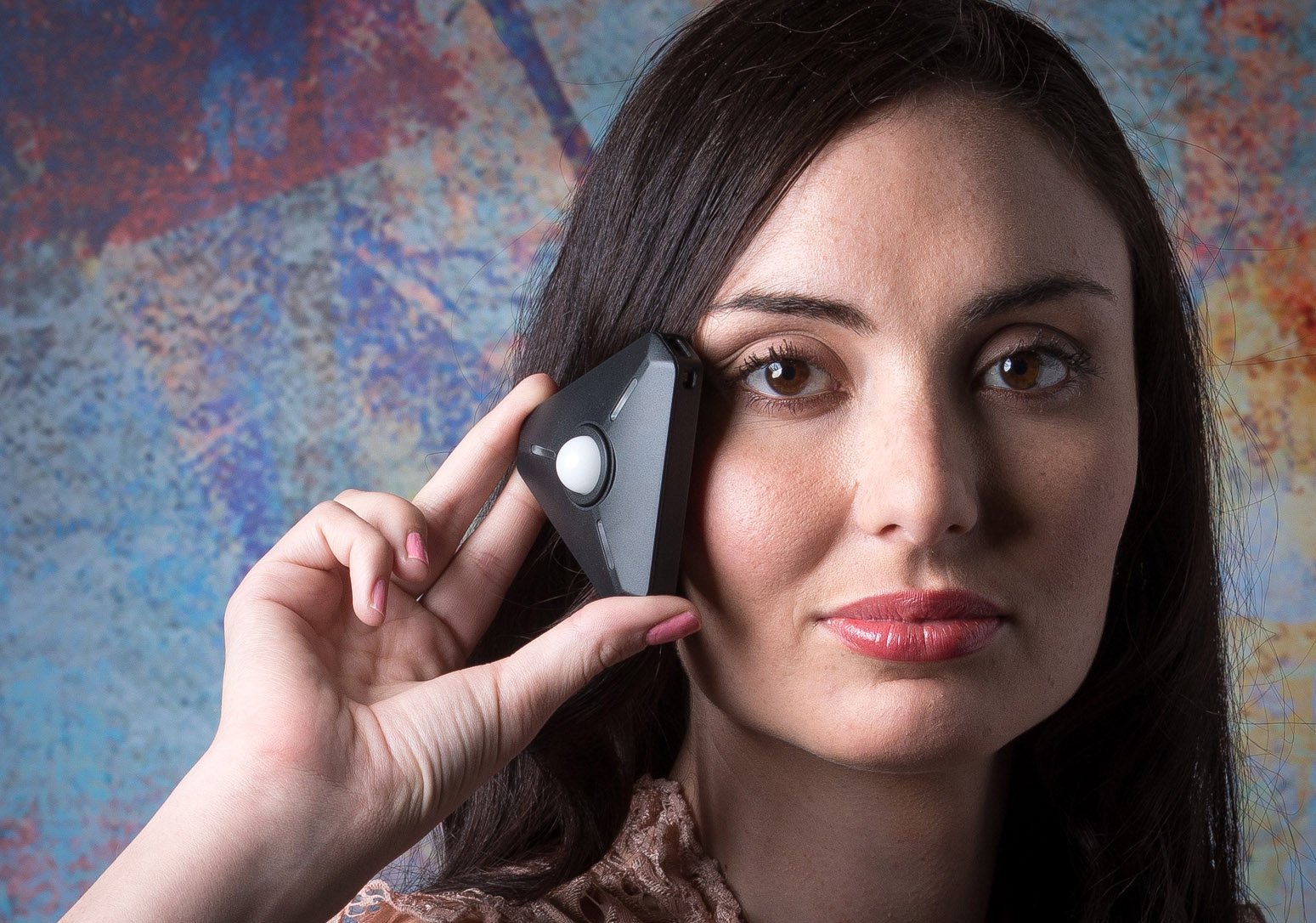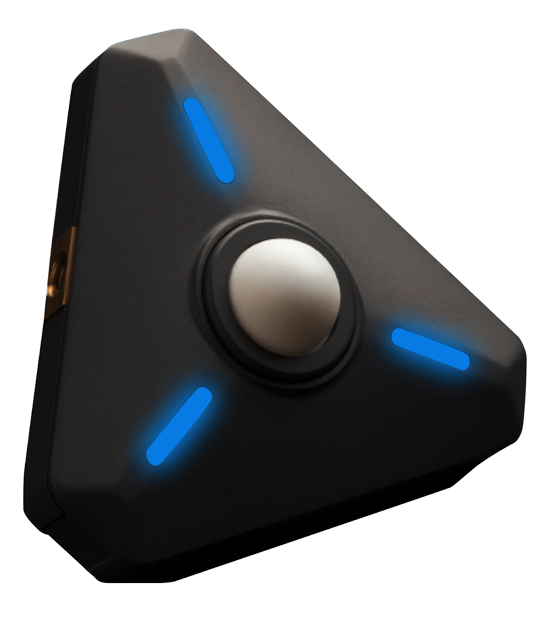Whether it’s dealing with harsh lighting outdoors, mixed lighting on location, or making lights match in your studio, you are faced with challenges of getting the exposure and color balance right before you capture your images. The Illuminati Light and Color Meter will help you set up your lights faster and spend less time fixing bad color balance in software after you’re done shooting.
The IM150 meters strobe and continuous lighting
Using a Light Meter in the Studio

Left: Too cool, Center: Neutral, Right: Too warm
Auto White Balance (AWB) Doesn’t Always Work
Letting the camera decide how to set white balance might sound convenient. But when it fails, you get bad skin tones, inaccurate colors, and even different colors shot-to-shot. Instead, use the Illuminati meter to get the light’s true color temperature and set white balance correctly. Leave automatic color mishaps behind. Stop wasting time fixing it in Photoshop® or Lightroom® by getting it right before you press the shutter button.

Left: Overexposed (lost highlights) Right: Properly exposed
Wrong Exposures in Tough Lighting Conditions
Autoexposure works fine for typical scenes. Truly creative images aren’t typical. You have to control your camera, not the other way around. Subjects like a bride in a stunning white gown next to a groom in dark tuxedo, or a model backlit or under a spotlight can cause any camera to struggle. And who hasn’t lost cloud detail due to overexposure outdoors?
Measuring the light falling on your subject (incident) instead of bouncing back to the camera (reflected), will let you always nail the exposure. First time, every time.
Unnatural or Unexpected Colors When Mixing Lighting

Left: Daylight only, Middle: Daylight + Tungsten, Right: Daylight plus matched color balance
A shot ruined by mixed lighting can be almost impossible to fix when editing your RAW files. If your flash doesn’t match the ambient, you’re bound to get odd shadow colors. A fill light can ruin an otherwise gorgeous golden sunset. Use the Illuminati meter’s strobe and ambient color measuring to match your strobes to the ambient and avoid mixed color casts.
Scenes with multiple light sources or odd sources, like LEDs or fluorescent lights, can also be problematic. Measure your sources separately with the Illuminati meter and instantly know how to filter or white balance to get the look you want. You even can use multiple meters in your scene to do it even faster.
We’ve also included filter libraries from Lee and Rosco to help you choose the right color correction gels, even for hard-to-match lights like LEDs.
Change Happens
Sometimes a cloud passes before the sun, or one of your flashes stops working. If you don’t know when it happens, you may have to reshoot the photos or just plain loose the shots. Bummer. Avoid that with up to 15 user-programmable alarm notifications. The app can even automatically compare readings from several meters and send you warnings of color changes, color mismatch, or changes in relative brightness.

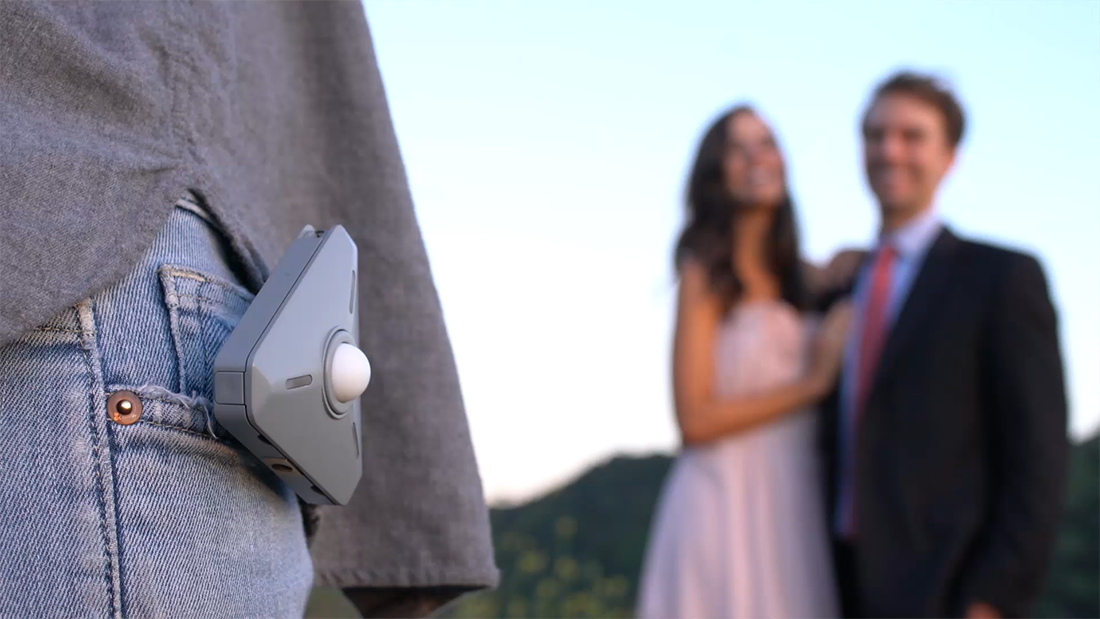
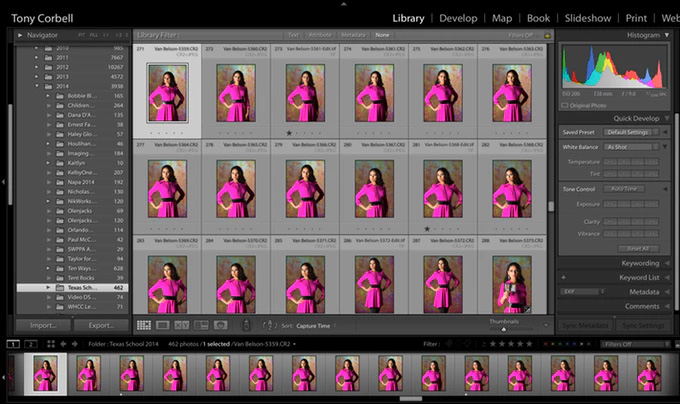
© Tony Corbell
Your Time is Money
When you’re a pro, all the time spent correcting images afterwards eats into your profit. Get each shot right and spend less time correcting exposure and color.
Setting Up Lighting Ratios
Know the exposure difference between your main light and fill or background light. Measure all of them and see the difference in f-stops. It’s easy and fast to set the same ratios up again anywhere.
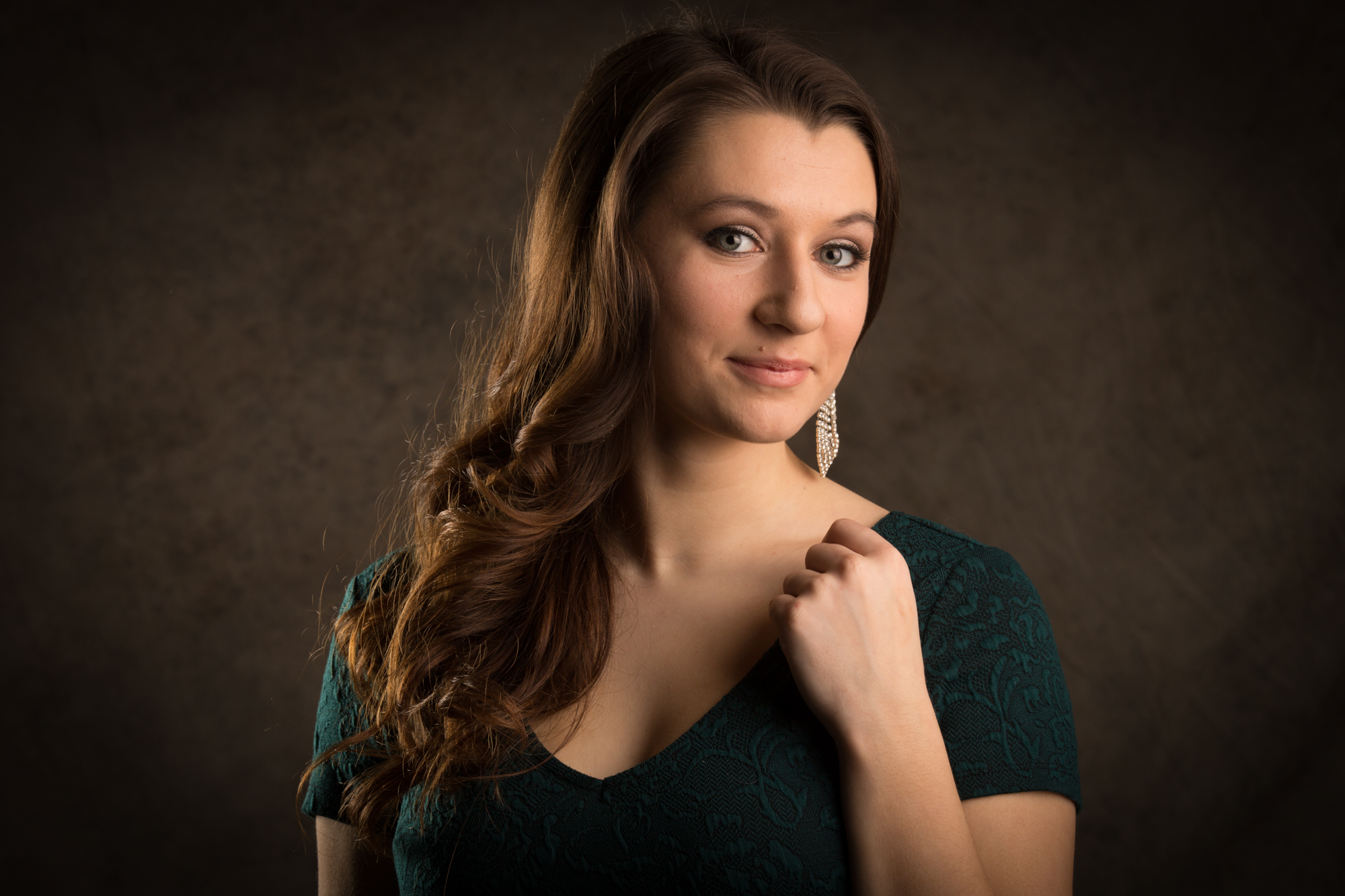
© Tony Corbell

Stay in the Flow
Setting and checking lighting during a photoshoot can detract from the energy between a photographer and her model or clients. Avoid those, “Hold on a sec, I have to check the lighting…” moments by having the answers in your pocket or on your wrist. You can also quietly ask assistants to go make adjustments since you already know what to fix!

